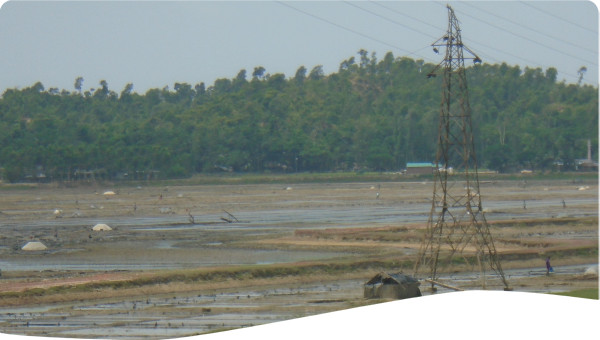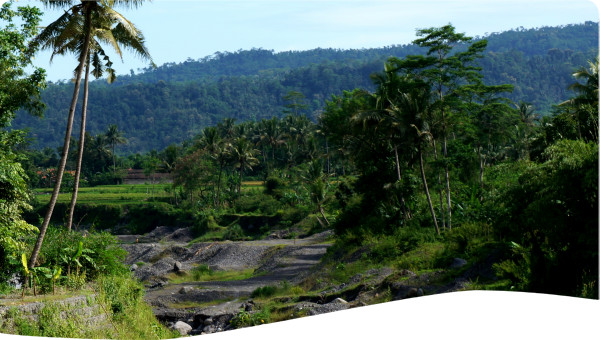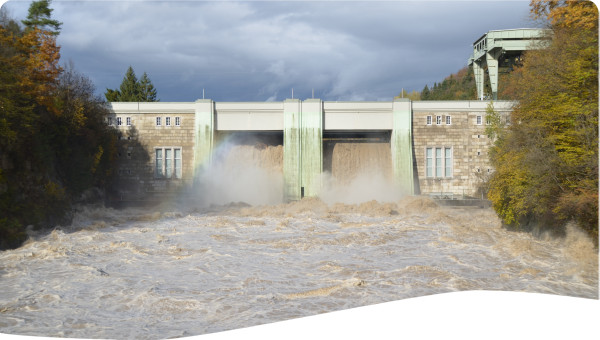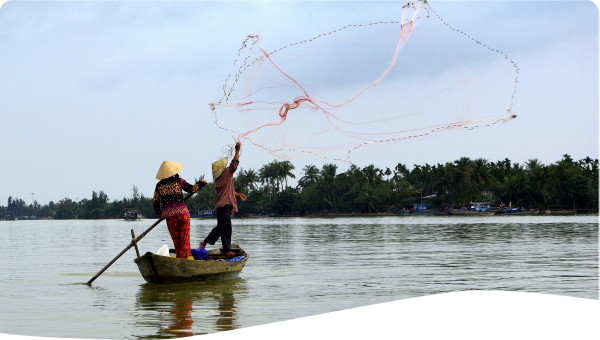The Upper Guadiana Basin provides an example of conflict caused by the intensive use of water resources in a semiarid region. Since the 1960s, uncontrolled abstraction of groundwater to provide water for crop irrigation in the area has lowered the water table by up to 50m, causing the main river channels to run dry and some wetlands to become desiccated. However, the abstraction has also supported a booming agricultural economy.
The Upper Guadiana basin presents a unique example of a semiarid region where groundwater use has helped transform a largely poor rural region into a prosperous agricultural and industrial centre. From an economy largely based on wheat, vines and sheep rearing, the area has experienced a transformation into what is today: a vibrant and economically viable region that no longer depends exclusively on agriculture. Irrigated agriculture in the UGB existed prior to the 1960s, particularly in the area’s river plains (where water was easily accessible).
However, it was groundwater development (instigated by the National Colonisation Plan’s wells in Llanos del Caudillo) that soon took over and became the real turning point for the area’s agriculture. As well drilling and pumping echnologies became widespread, farmers discovered the advantages of groundwater irrigation, namely, ready-availability of water for irrigation and resilience against drought. Thus, groundwater agriculture, almost exclusively driven by the private initiative, experienced a spectacular growth between the 1970s and 1990.
While groundwater-based agriculture triggered significant social and economic benefits to the region, the effects of uncontrolled aquifer withdrawals were soon felt. Aquifer levels dropped considerably between 1975 and 1990.
The result has been conflict between the farmers, central and regional governments and conservationists. In order to solve these conflicts, the central government has tried different solutions (e.g. strict regulation, subsidies).
In January 2008 a Plan for the Upper Guadiana for the period 2008-2027 was approved with a budget of €5,500M.
The development of the Upper Guadiana Plan was supported by the NeWater project (EU funding) under which an extended participatory process was tested. About 10 stakeholder meetings and series of workshops were held to mobilize initiatives of large and small farmers, regional agricultural departments, and central water authority in implementation of the EU Water Framework Directive. Also, Decision Support Tools (DST) were applied in order to evaluate their usefulness for adaptive water management.
One of the objectives of the NeWater project was to translate scientific research on IWRM to be applied in practice. Thus different tools were applied in the basin. Estimation of the Water Footprint of the whole Guadiana basin was conducted. Bayesian networks were used to test different management options and assess their consequences as the trade-off between agricultural economy and the environmental sustainability in the area. A specific hydrological model to test potential outcomes of EU and national agricultural and water policy was used. Furthermore, an agro-economic-hydrological integrated modelling framework has also been developed, with the aim of analyzing policy scenarios, including agricultural policies and water policies, and their socio-economic impacts on farms, considering the environmental, social and economic vulnerability of main actors involved in water use. In addition, the Guadiana team is coordinating research integration within the case study, while also contributing to the work of other NeWater WPs.
Semiarid Upper Guadiana basin is a paradigmatic case of social and economic development based on intensive groundwater use for irrigation. The Mancha Occidental aquifer (UH04.04), spanning an area of about 5,000 km2, is by far the region’s most relevant area from the economic, social and hydrological point of view.
Although urban and industrial uses have an obvious relevance, irrigation accounts for over 90% of water use in the Upper Guadiana basin, and is therefore the key to water resources management in the area.
The scientific methods (used in NeWater Project) have had an impact on Spanish water policy. Central government has required water authorities to use the water footprint method to prepare all River Basin Management Plans. Detailed economic studies of the agricultural sector have provided an objective in-depth examination of the situation.
Neutrality of the research team has been central to generate an atmosphere of reliability and trust within which stakeholders felt free to share their views openly.
Appropriate data gathering and monitoring is a much required step in order to
ensure an adequate water management in the UGB. This in turn requires an effort
on all parts in terms of transparency.
Water education campaigns also appear a desireable tool in order to increase public awareness over these issues.
 Case studies
Case studies




